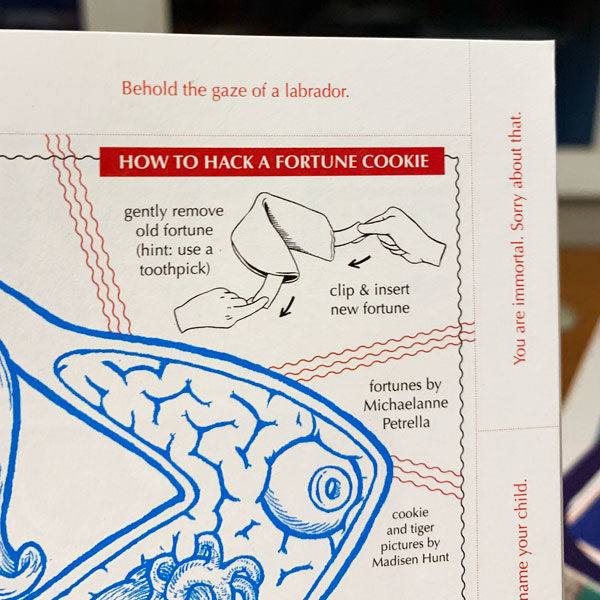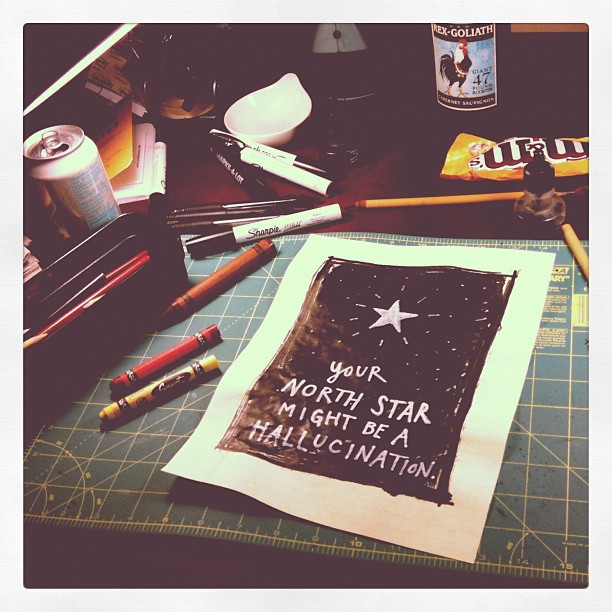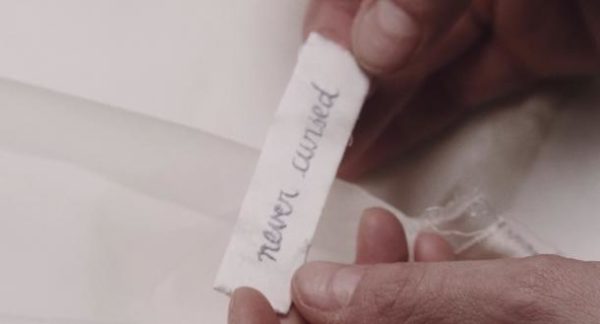
Sometimes when I begin a project, I want to slip my vision of the finish into a fortune cookie, forget about it, then crack it open at the end and see how close I got.
Talking to my friend Dan Roam about the structure of Keep Going, I mentioned that I was thinking a bunch about time when I wrote it, which is why it starts with days and ends with seasons. Time in the micro and a macro sense.
“I didn’t even notice that,” Dan said. “It’s like an Easter Egg!”
We got to talking about things you hide in your work that you know nobody’s ever going to see just to keep the work interesting for you.

Since we both write books, I confessed that with each book I usually have a secret sentence that I write down somewhere but don’t show to anybody. That sentence is sort of my North Star for the project, the thing I can rely on if I get lost.
The sentence usually doesn’t mean anything to anyone other than me. And sometimes it’s pretty dumb. (When I was writing Show Your Work! the sentence was: “What if Brian Eno wrote a content strategy book?”)

I mentioned this to my wife and she pointed out it’s a little like the little messages Reynolds Woodcock sews into his dresses in Phantom Thread. (I’ve seen that movie probably six times since it came out a few years ago.) The director, Paul Thomas Anderson, has talked about how close he needs to keep his movies when he’s making them, before the film is exposed.
Which reminds me: Sometimes readers are upset by the idea that I might want to keep secrets. “Aren’t you the guy who said we should share?” Yes, but the message of Show Your Work! was never share everything with everybody. The real message was: Show the scraps and bits and by-products of your process that you think would be useful or interesting to the people you’re trying to reach, and anything you need to hold back, hold it back, and keep it as close as you need it to be, until the work is done.